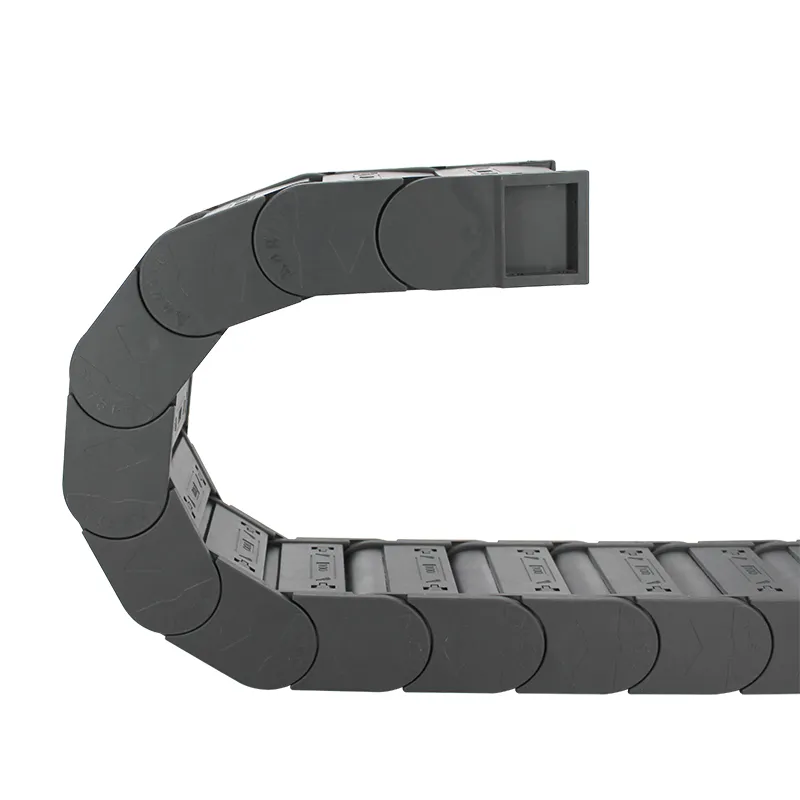metal chip conveyor systems
Understanding Metal Chip Conveyor Systems A Key Component in Modern Manufacturing
In the world of manufacturing, efficiency and productivity are paramount. Among the various components that play a crucial role in enhancing manufacturing processes, metal chip conveyor systems stand out. Designed to facilitate the removal and handling of metal chips generated during machining operations, these systems not only improve workflow but also ensure a cleaner and safer working environment. This article explores the significance of metal chip conveyor systems, their types, functioning, and benefits for modern manufacturing.
The Importance of Metal Chip Conveyor Systems
Machining processes such as milling, grinding, and turning produce a significant amount of metal chips and shavings. These by-products, if not managed properly, can lead to operational inefficiencies, potential equipment damage, and increased safety hazards. Metal chip conveyor systems are essential for the effective transportation of these chips away from machining areas. By ensuring that chips are removed quickly and efficiently, manufacturers can maintain optimal machine performance and extend the lifespan of their equipment.
Types of Metal Chip Conveyor Systems
There are several types of metal chip conveyor systems, each suited for different applications and types of machining operations
1. Drag Chain Conveyors These are ideal for heavy and larger metal chips. They use a chain that drags the metal chips along a track within a housing. Drag chain conveyors are particularly effective for vertical or inclined transport.
2. Magnetic Chip Conveyors These systems utilize magnetic forces to hold and transport ferrous metal chips. Often employed in situations where chips must be moved over longer distances or up inclines, magnetic conveyors provide a reliable solution for managing metal waste.
3. Screw Conveyors With a rotating helical screw blade, these conveyors move metal chips through a tubular casing. They are versatile and can be used for both horizontal and inclined transportation. Screw conveyors are particularly suited for smaller and finer materials.
4. Belt Conveyors These systems employ a moving belt to carry metal chips from one point to another within a manufacturing facility. Belt conveyors are ideal for automated systems where chips must be transported over longer distances with minimal manual intervention.
How Metal Chip Conveyors Work
metal chip conveyor systems

Metal chip conveyor systems generally consist of a conveyor mechanism, a collection trough, and a discharge point. As the machining operation generates metal chips, the conveyor mechanism engages, either via a motor or manually, to collect and transport the chips through the trough. Once the chips reach the discharge point, they can be directed to a collection bin or a recycling system for further processing.
The operation of these systems can be fine-tuned to match the specific requirements of the manufacturing process. For example, adjustable speeds enable manufacturers to control the pace of chip removal based on the rate of production, ensuring that equipment runs smoothly without disruption caused by excessive chip buildup.
Benefits of Metal Chip Conveyor Systems
Implementing metal chip conveyor systems offers several advantages for manufacturers
- Improved Efficiency By automating the chip removal process, manufacturers can minimize downtime associated with manual cleanup, leading to increased production rates.
- Enhanced Safety Metal chips on the shop floor can pose tripping hazards and safety risks. Conveyor systems help keep work areas clean, reducing the likelihood of accidents.
- Cost-effective Waste Management Proper chip removal allows for easier recycling and disposal, ensuring that manufacturers can reduce waste management costs and comply with environmental regulations.
- Increased Equipment Lifespan Regular removal of chips helps prevent machine wear and tear, ultimately extending the life of equipment and reducing maintenance costs.
Conclusion
In today’s fast-paced manufacturing environment, the role of metal chip conveyor systems is more critical than ever. By facilitating the efficient handling of metal chips, these systems not only optimize production but also contribute to a safer and cleaner workplace. As technology continues to evolve, advancements in metal chip conveyor systems will likely play an integral part in pioneering smart manufacturing solutions that enhance both efficiency and sustainability. Implementing the right conveyor system can thus be seen as an investment in the future of manufacturing.








